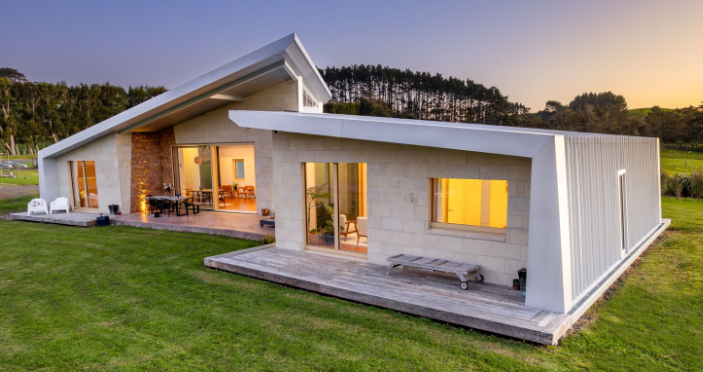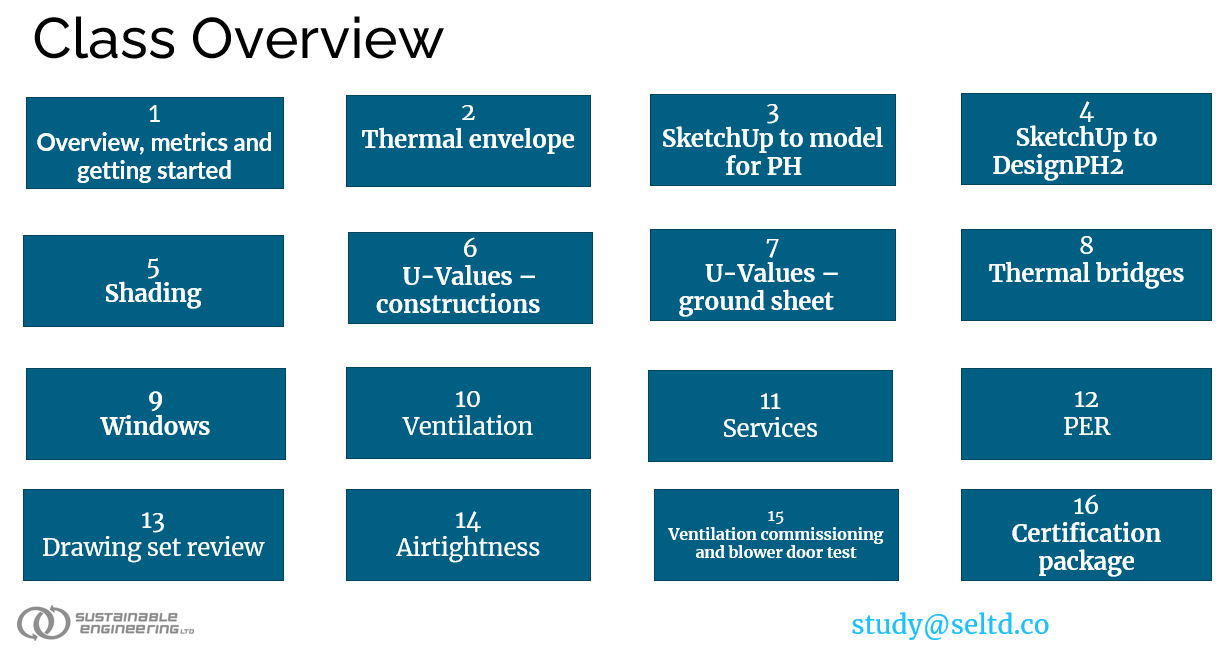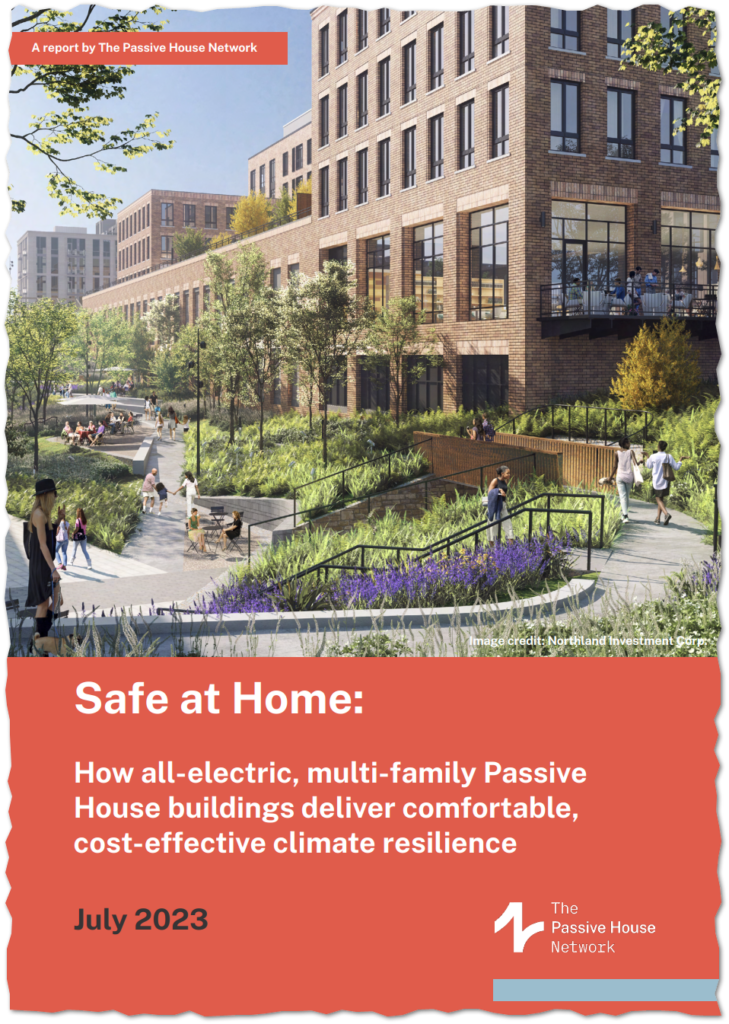The deep retrofit at 80 Willis Street, Wellington is featured in a just-released NZ Green Building Council publication, A practical guide to upfront carbon reductions. This is a project dear to my heart, as I worked on it years ago as the Green Star professional. This was the very first NZGBC project to submit carbon modelling using LCA Quick …
Air transfer solution: ventilated doors

Australian Passive House designer Matt Purves posted online some intriguing photos of bespoke doors he built himself from leftover spruce wall panelling. These were for his home in Tasmania, which is targeting Passive House Plus certification. Ventilation systems need air to be able to move freely between rooms even when doors are closed. This is most often achieved by the …
New plans for Passive House training and certification
Dr Kara Rosemeier has personally trained and certified almost every Passive House professional in New Zealand and her influence cannot be overstated. Kara is preparing for a gradual retirement and to this end, her Passive House Academy New Zealand (PHANZ) is joining forces with Sustainable Engineering Ltd. The new training entity will honour the historic relationship with Te Whare Korou …
Air pollution kills New Zealanders

Air pollution is real and has deadly impacts. In New Zealand we’re 10 times more likely to die from the effects of air pollution than from a car accident. Marc Daalder of Newsroom wrote a detailed feature about the extent of the problem here in New Zealand. Despite lingering fond notions about Aotearoa’s clean, green environment, it is sadly the …
Certifier scope of service guidance a helpful read

The Passivhaus Trust, the UK’s industry body, has published an excellent guide to where the roles and responsibilities sit during Passive House design, construction and certification stages. It’s worth reading. In my experience, good communication is THE most important part of a successful working relationship between designer and certifier. The guide clearly explains the stages and who needs to call …
Successfully marketing Passive House performance

We hear that stories on homes built to Passive House standard are very popular with Stuff readers. Here’s another well-written story about this family home in west Auckland, just completed but now on the market. Good to see Nick choose family life over his beautiful long-awaited Passive House. I’m looking forward to seeing his renovation project (read more about that …
Leaky buildings ripe for EnerPHit level makeovers

Nick Gaites spent years designing a new home for his family and overseeing its construction, successfully achieving Passive House certification. His family loved the winter they spent living there but now it’s on the market, thanks to changing family needs. So what next? Well, a bit of a break from construction. But the next family home he creates will almost …
Passive House design training relaunches, on-demand format

New Zealand needs more Passive Houses—and other buildings heading in that high-performance direction. That requires more confident and skilled Passive House designers. Sustainable Engineering last year launched a new training course, designed to make the Passive House design process more practical, predictable and straightforward for the designer, architect, builder and client. The course was very well-received and now it’s back, …
Growth in multi-family Passive House buildings in North America

The PHI-aligned Passive House Network has released a detailed and inspiring guide to the costs and benefits of multi-family Passive House buildings. It draws on data from New York and Massachusetts, two US states that have been early adopters. It’s a free download and worth your time. It contains detailed information about the minimal cost premium required to build to …
